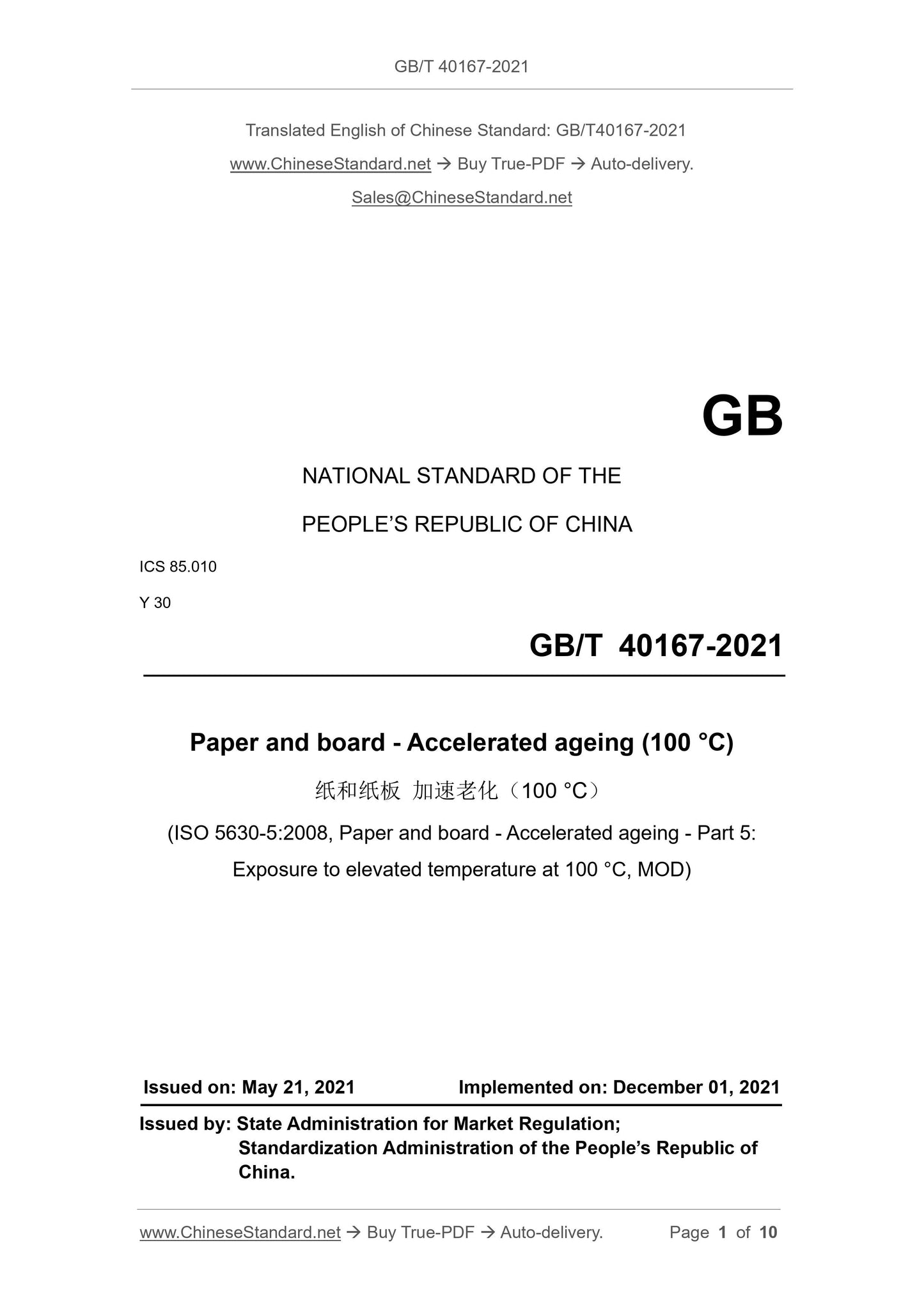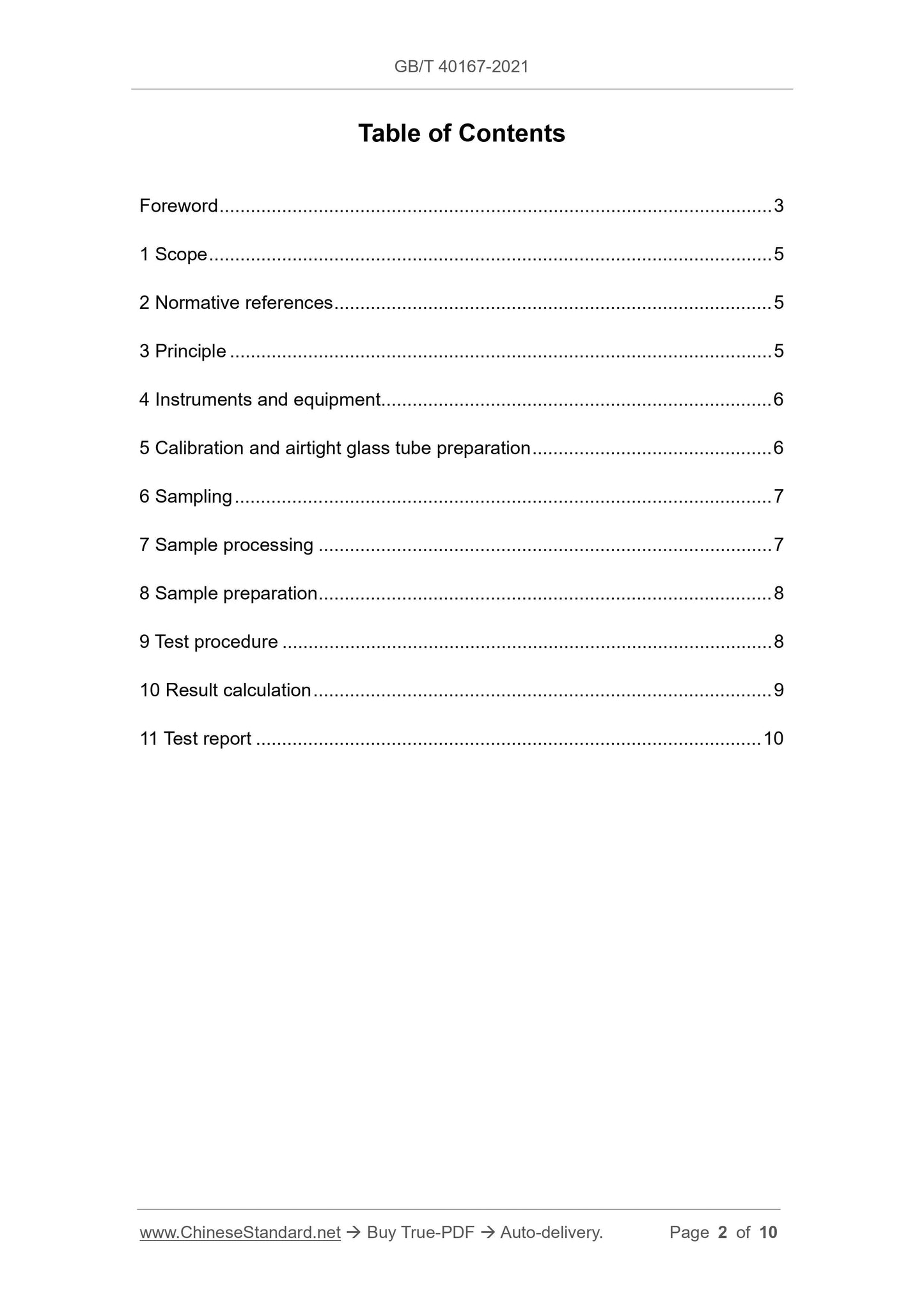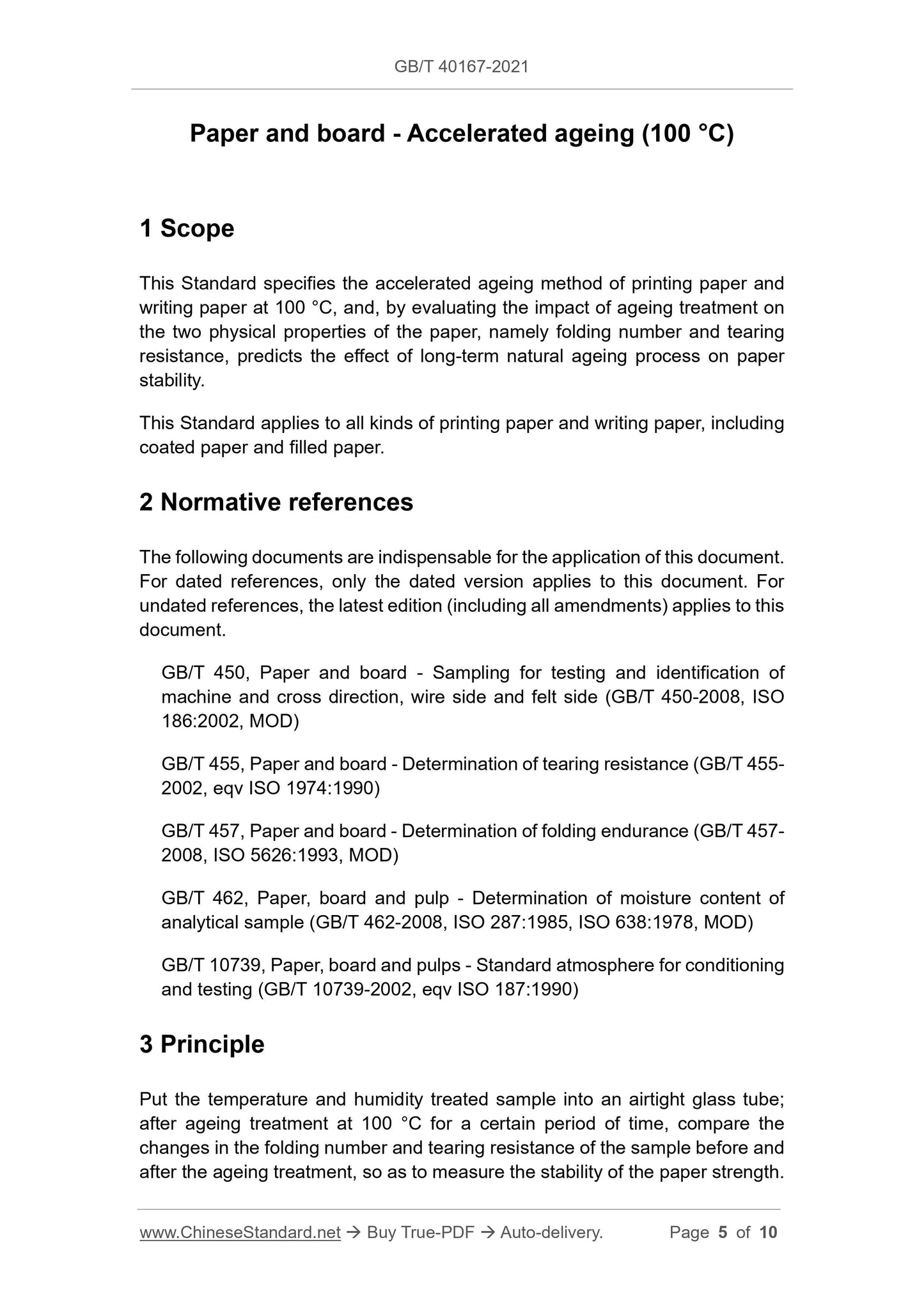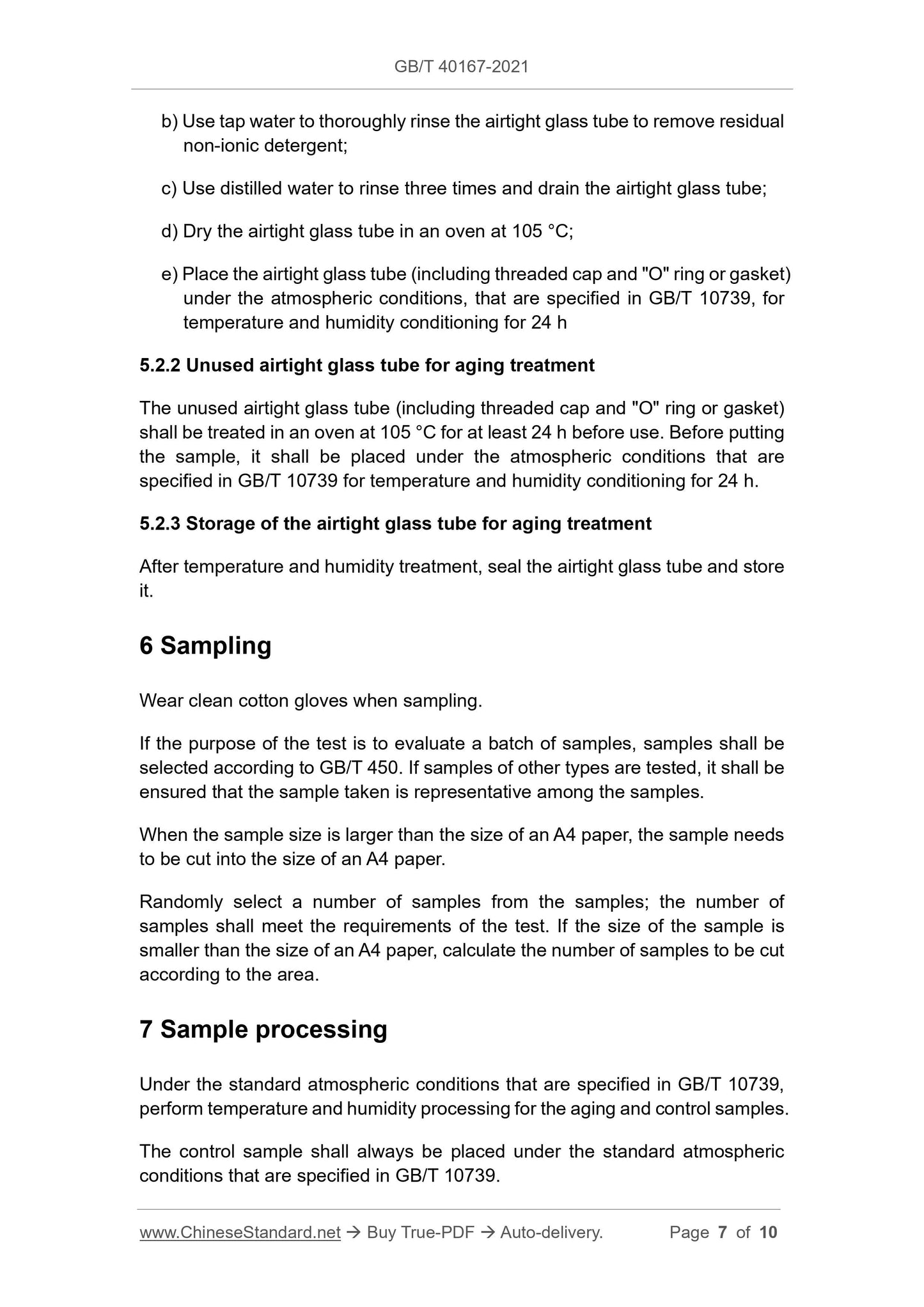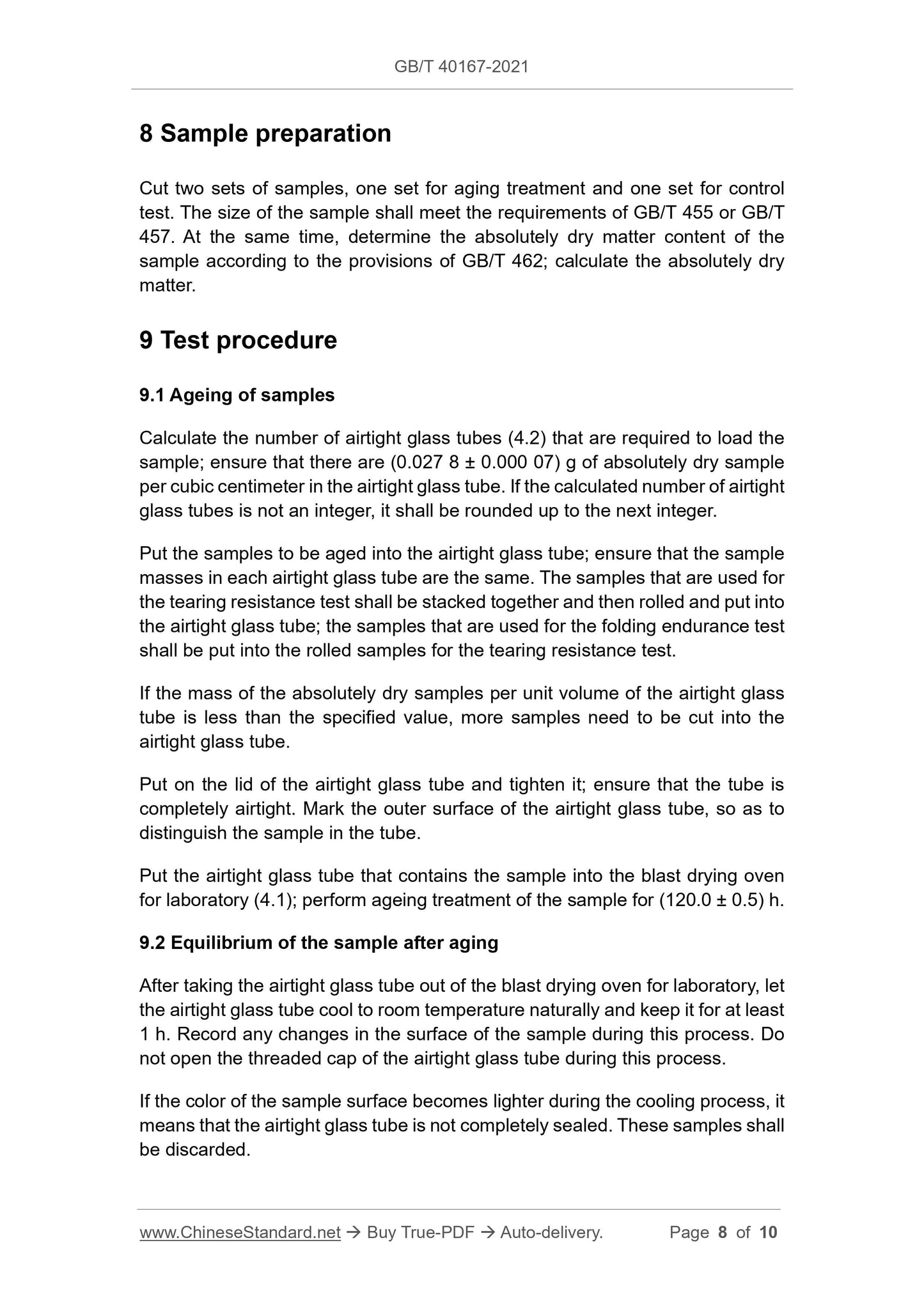1
/
of
5
www.ChineseStandard.us -- Field Test Asia Pte. Ltd.
GB/T 40167-2021 English PDF (GB/T40167-2021)
GB/T 40167-2021 English PDF (GB/T40167-2021)
Regular price
$125.00
Regular price
Sale price
$125.00
Unit price
/
per
Shipping calculated at checkout.
Couldn't load pickup availability
GB/T 40167-2021: Paper and board - Accelerated ageing (100 degree-Celsius)
Delivery: 9 seconds. Download (and Email) true-PDF + Invoice.Get Quotation: Click GB/T 40167-2021 (Self-service in 1-minute)
Newer / historical versions: GB/T 40167-2021
Preview True-PDF
Scope
This Standard specifies the accelerated ageing method of printing paper andwriting paper at 100 °C, and, by evaluating the impact of ageing treatment on
the two physical properties of the paper, namely folding number and tearing
resistance, predicts the effect of long-term natural ageing process on paper
stability.
This Standard applies to all kinds of printing paper and writing paper, including
coated paper and filled paper.
Basic Data
| Standard ID | GB/T 40167-2021 (GB/T40167-2021) |
| Description (Translated English) | Paper and board - Accelerated ageing (100 degree-Celsius) |
| Sector / Industry | National Standard (Recommended) |
| Classification of Chinese Standard | Y30 |
| Word Count Estimation | 6,651 |
| Issuing agency(ies) | State Administration for Market Regulation, China National Standardization Administration |
Share
